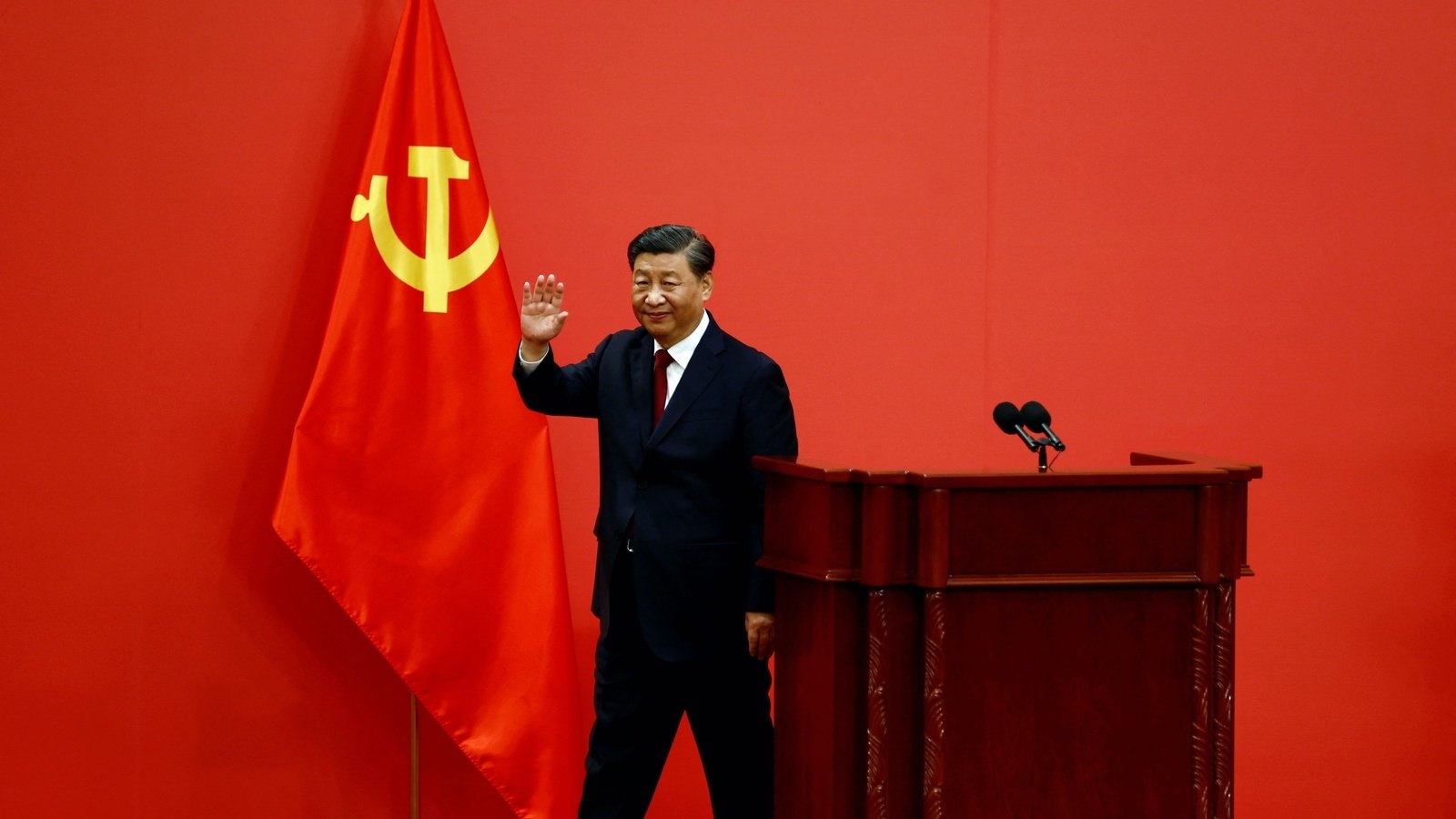The world has entered the fifth year since the COVID-19 breakout in China in late 2019, which was seen as a bio-warfare by military experts. The World Health Organization’s (WHO) experts doing a global scientific study to get to the bottom of the origins of the SARS-CoV-2 virus are still groping in the dark.
Experts place the cause of the delay in the WHO investigation at China’s doorstep, as Beijing is reluctant to provide the experts’ team access to its raw data and research laboratories that could help the global body arrive at any conclusive decision on the exact cause of the pandemic.
While the global landscape may have transformed monumentally because of the pandemic, the questions surrounding the genesis of the virus continue to loom large, shrouded in a veil of secrecy, uncertainty, and geopolitical complexities.
As long as Beijing continues hindering this process of uninterrupted access to the required data, it fuels multiple conspiracy theories about the origin of COVID-19, notably ones that hold China directly responsible for the outbreak, particularly the one that cited the leak from the Wuhan Institute of Virology.
China has stonewalled information sharing and data access from the very onset of the pandemic. Mid-December 2019 marked the emergence of Coronavirus in Wuhan, with an increasing number of cases reported from the province.
However, only the rapidly spreading epidemic and its severity reported inside China forced the Director of the Chinese Center for Disease Control and Prevention, George F. Gao, to share limited information with his American counterpart, Robert Redfield.
The information censorship, limited measures to contain the epidemic, and allowing the outflux of people from Wuhan to other cities of China, especially foreigners, resulted in its swift snowballing into a global health crisis of unparalleled proportions in recent history.
Consequently, this limited information from China delayed the decision-making of WHO, which acknowledged the severity of the situation in January 2020 by designating it as a public health emergency of international concern.
However, the epidemic had traveled fast and wide by then, from China to every region and sub-region. It not only crumbled the healthcare systems across countries, leaving over seven million people dead in the months ahead but also wrought economic turmoil that the world is still recovering from four years later.
From the outset, Chinese investigators propagated the zoonotic spillover theory, positing that the virus jumped from animals to humans. This was justified by the fact that many of the early patients were identified as workers in the Huanan seafood market in Wuhan, thereby labeling it as the epicenter of the epidemic.
Chinese scientists identified bats and pangolins as the prime originators of COVID-19, a claim, however, refuted by most scientists worldwide. For instance, in a Shanghai-based report of the premier international scientific publisher Nature, David Cyranoski asserted that as against Chinese claims, “scientists have now examined those data, along with three other pangolin coronavirus genome studies released last week, and say that although the animal is still a contender, the mystery is far from solved.”
However, these claims have since been shrouded in controversy because of a lack of credible information from the Chinese side, especially not allowing access to the raw data it maintains on the epidemic origin from Wuhan to the commission established by WHO.
Interestingly, a Chinese virologist who became a whistleblower and was exiled to the US, Dr. Li-Meng Yan, had claimed that coronavirus originated from “a government-controlled laboratory in Wuhan” and that the Chinese government concealed the initial evidence of the epidemic.
It may be recalled here that the World Health Assembly, which is the decision-making body of WHO, adopted resolution WHA73.1 in May 2020, calling for identifying “the zoonotic source of the virus and the route.”
Following this, the world health body constituted a 34-member multi-disciplinary commission, comprising 17 Chinese and 17 international experts, which visited China between January 14 and February 10, 2021.

The commission submitted its report on March 30, 2021, noting that “laboratory accidents happen; humans could become infected in laboratories.” More importantly, it reported that “the closest known CoV RaTG13 strain (96.2%) to SARS-CoV-2 detected in bat anal swabs have been sequenced at the Wuhan Institute of Virology.”
Relatedly, on the possible laboratory origin of coronavirus, the WHO report highlighted the relocation of the Wuhan CDC laboratory near the Huanan market on December 02, 2019, arguing such moves “can be disruptive for the operations of any laboratory.”
The timing assumes significance given the cases of illness, which eventually became known as COVID-19, emerged within two weeks of this laboratory relocation near the wet food market.
In light of these observations from the WHO expert committee, then-WHO Director-General Dr. Tedros Adhanom Ghebreyesus asserted that “all hypotheses remain on the table. We have not yet found the source of the virus.”
The world health body further sought cooperation from Beijing to undertake a second research phase, explicitly seeking access to raw data through unhindered access to scientific laboratories and “markets in the city of Wuhan,” which was outrightly rejected by the Chinese government.

In the light of non-cooperation from China, a report by the US Energy Department assumes significance that upheld one of the most persistent claims that the coronavirus outbreak resulted from a laboratory leak in Wuhan, China, as revealed by the New York Times on February 26, 2023.
“New intelligence has prompted the Energy Department to conclude that an accidental laboratory leak in China most likely caused the coronavirus pandemic,” the report stated. It added that the US Federal Bureau of Investigations (FBI) concluded “that the virus first emerged accidentally from the Wuhan Institute of Virology, a Chinese lab that worked on coronaviruses.”
This classified information assumes significance given the US Energy Department “oversees a network of 17 US laboratories, including areas of advanced biology.”
As the world grapples with the aftermath of the COVID-19 pandemic with the regular emergence of its new variants, there needs to be a robust international consensus to move ahead and ask China to allow an unhindered and unbiased investigation into the genesis of the virus that wreaked economic and societal havoc across countries.
This is important to ensure that the countries and international community remain fully prepared to fight any such viral pandemic globally, be it an accidental outbreak or a deliberate bio-warfare unleashed on the unsuspecting people of the world.
- NC Bipindra is a 30-year veteran in journalism specializing in strategic affairs, geopolitics, aerospace, defense, and diplomacy. He has written extensively for the Times of India, New Indian Express, Press Trust of India, and Bloomberg News. He can be reached at ncbipindra (at) gmail.com
- Follow EurAsian Times on Google News




